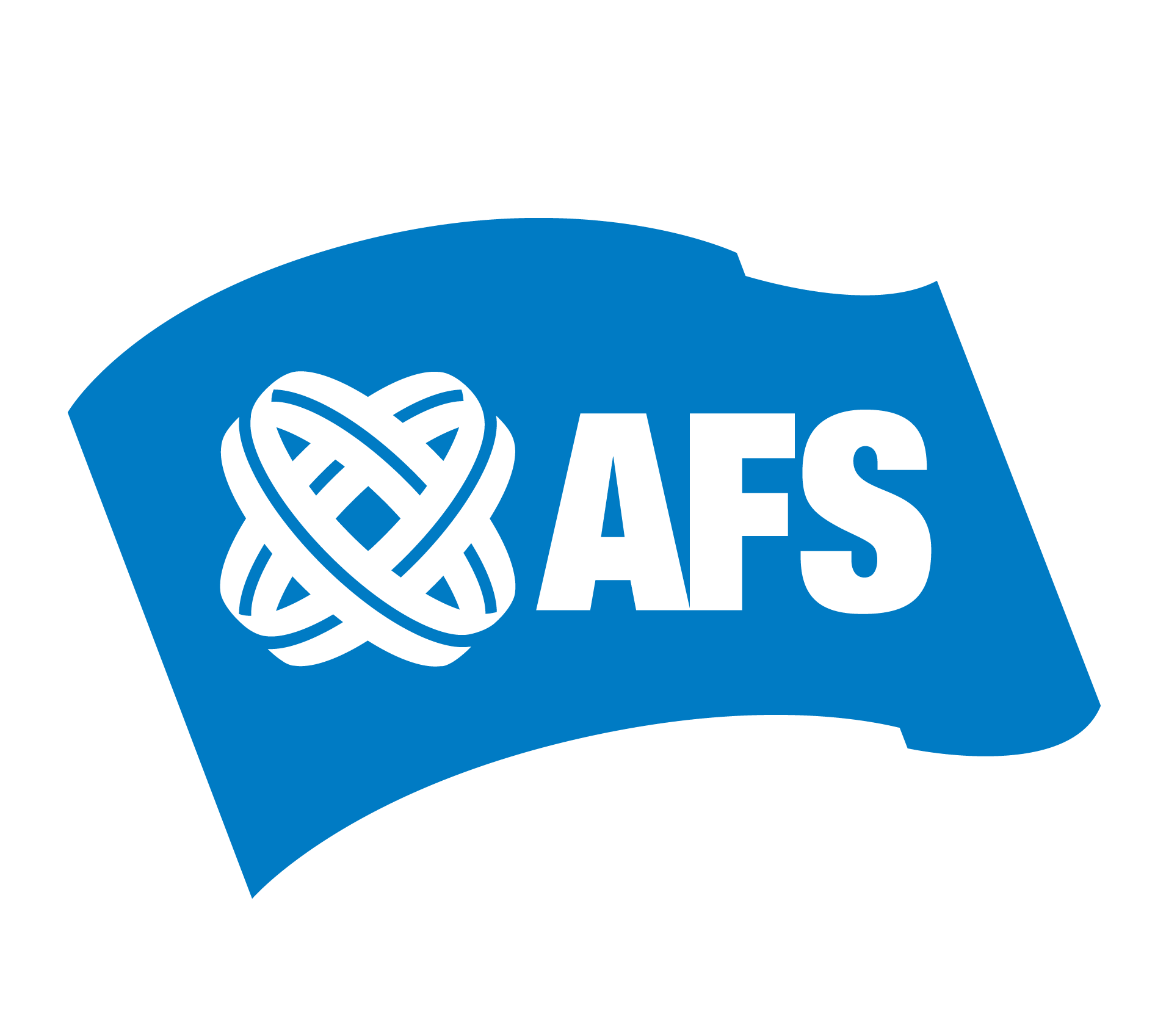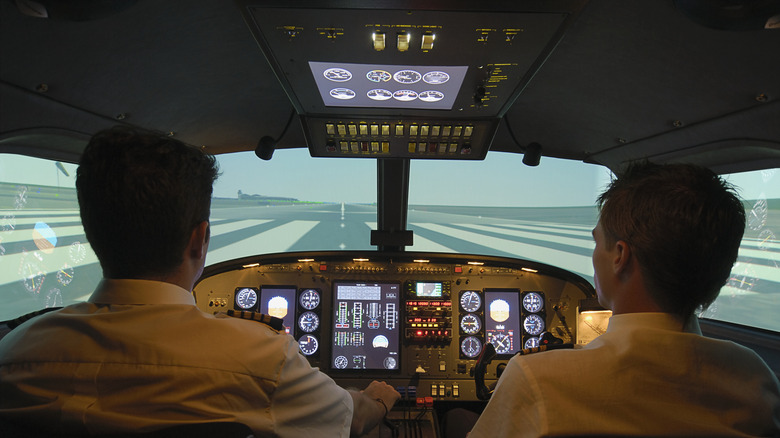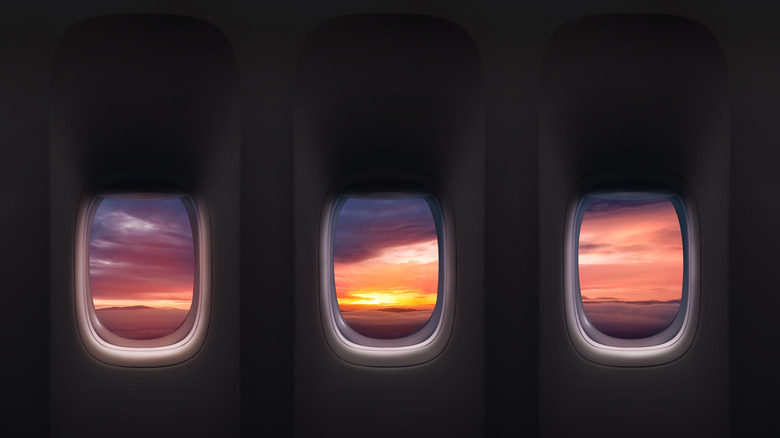One of the biggest perks to acquiring a window seat on an airplane is having control over the window shade. Ready to take in the view? Open it up. Is the setting sun blazing in your eyes? Close it again. The choice is yours, with one notable exception. Most airlines consider it best practice for their flight attendants to ensure that passengers comply with keeping the shades up for both takeoff and landing, for one very important reason — safety.
Safety is the primary reason behind almost everything flight attendants ask you to do during takeoff and landing, such as fastening your seatbelt, stowing your items, and ensuring your seatback is upright. These requests may seem trivial, but as someone who’s worked as a flight attendant for nearly 10 years, I can confirm they are anything but. And our safety checklist doesn’t end there, which is why it’s not a good idea to talk to a flight attendant after they’ve taken their jump seat.
Every protocol enforced while we’re preparing the cabin for either the beginning or end of a flight is designed to aid with efficiency in the event of an emergency evacuation. According to a report released by Airbus, a world leader in commercial aircraft manufacturing, “Most of the accidents over the last 20 years occurred during takeoff, approach, and landing phases.” So what do window shades have to do with an evacuation? The simple answer is that before anyone can leave the plane, the crew, as well as anyone assisting with the evacuation, needs to know what conditions are present outside.
Why are takeoff and landing protocols important?
Preparing the cabin for takeoff and landing is one of the most crucial parts of my job as a flight attendant, and this has to do with the fact that these are what the aviation industry refers to as critical phases of flight. During these high-stakes moments, Airbus explains, “This combination of high workload and the increased potential for unanticipated events can create a complex interplay of contributing factors, which may lead to an accident.”
While pilots are in the cockpit handling the most complex parts of their day, your flight attendants are doing their part in the cabin to ensure everything that poses a potential threat to egress (or the flow of people during an evacuation) is either minimized or eliminated. Bags in aisles or laps, tray tables that aren’t properly stowed, and reclined seatbacks are a recipe for disaster when it comes to an evacuation, where the name of the game is to get out of the aircraft as quickly as possible.
Visibility is also important, which plays into the disturbing reason flight attendants dim plane lights during landing. After turning the cabin lights to bright for clean up, bringing them down again allows everyone’s eyes to adjust to whatever natural light is occurring outside, especially if it’s nighttime. This is why it’s especially helpful to have those shades in the upright position for landing.



